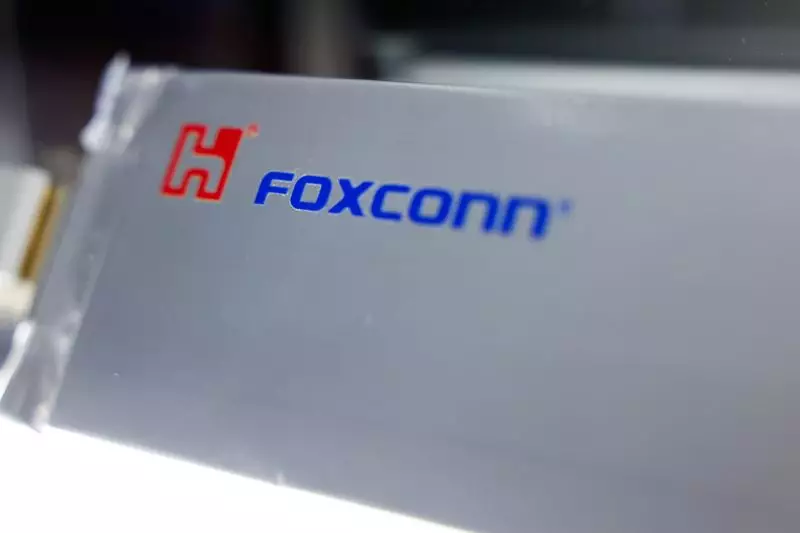The escalating rhetoric surrounding trade policies, particularly during Donald Trump’s presidency, has reignited concerns across various industries, especially manufacturing. His proposed tariffs on the United States’ largest trading partners — Canada, Mexico, and China — could disrupt established supply chains, impact pricing, and trigger broader trade wars. This article delves into the potential ramifications of these trade policies on the automotive and electronics sectors, focusing on the operations and strategies of companies heavily reliant on manufacturing bases in Mexico.
The Automotive Sector’s Vulnerability to Tariff Changes
The automotive industry is at the forefront of what could become a trade battleground. For companies with a significant production presence in Mexico, the imposition of tariffs poses a considerable threat to their operational models. Honda, for example, relies on Mexican production for approximately 80% of its vehicles sold in the U.S. market. With the looming threat of permanent tariffs, Honda’s leadership has raised alarms about potentially relocating production to mitigate additional costs. This sentiment reflects a broader trend among automakers, where cost-competitive manufacturing in Mexico has become crucial to maintaining market viability amid shifting economic landscapes.
Nissan’s operations in Mexico illustrate the extent of this dependence. The automaker produces several popular models destined for the U.S. but is notably reticent about revealing specific export figures. This opacity raises concerns among investors and market analysts about the company’s ability to sustain its operations if tariffs were enacted. Similarly, Toyota’s shift from domestic production of the Tacoma pickup truck to manufacturing it entirely in Mexico underscores the growing reliance on the Mexican market for cost efficiency.
Mazda’s comments further emphasize the complexity of the situation. The president’s assertion that tariff issues cannot be addressed by individual companies highlights the collective uncertainty businesses face, as they navigate the potential fallout from government policies. As tariffs threaten to reshape the manufacturing landscape, automakers must heavily consider their strategies moving forward to protect their interests.
The electronics sector faces parallel challenges as it grapples with potential tariffs impacting supply and pricing. Foxconn, renowned as the largest electronics contract manufacturer globally, is actively establishing a production site in Mexico for AI server manufacturing. However, Foxconn’s initiative is intricately linked to the evolving trade narrative. Its strategic investment ties into the broader context of U.S.-China relations, and its ability to operate seamlessly hinges on navigating tariff implications imposed by both nations.
Lenovo offers another case study in how these policies could transform operational dynamics. The Chinese tech giant has expanded its production facilities in Monterrey, focusing on data center products crucial for the North American market. With tariffs potentially altering the cost landscape, Lenovo must weigh the feasibility of its production strategy against the backdrop of shifting governmental policies.
LG Electronics illustrates the intersection of consumer electronics and automotive sectors as it diversifies its production scope in Mexico. The company’s ongoing review of potential trade policy shifts showcases the precarious position many manufacturers find themselves in, where decisions made today could reverberate across markets in the long term.
The proposed tariffs and the resulting trade tension will not only reshape individual corporate strategies but could also have far-reaching economic consequences. Industries that thrive on cross-border trade might face escalation in operational costs, leading to price hikes that consumers would ultimately bear. The potential for retaliatory tariffs from affected countries could exacerbate this economic strain, igniting full-blown trade wars that disrupt markets on a global scale.
Moreover, these developments cast doubt on existing free trade agreements and cooperation, the very frameworks that have fostered decades of growth and collaboration among trading partners. Companies will be forced to continually adapt to these evolving landscapes, weighing short-term strategies against long-term sustainability.
The landscape of manufacturing in North America stands on the precipice of significant change. The interplay between governmental policy and corporate strategy will define how these industries will fare in an increasingly complex economic environment. Navigating this territory successfully will require an agile approach that aligns operational goals with the stark realities of geopolitical dynamics.

